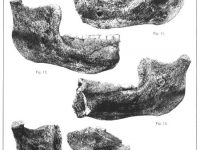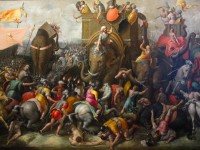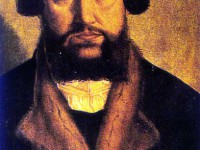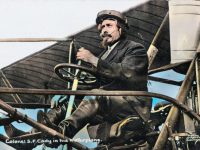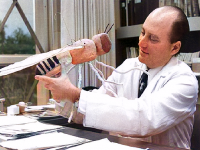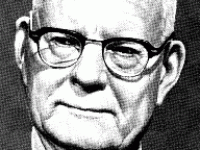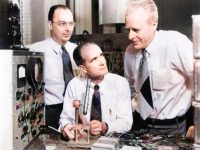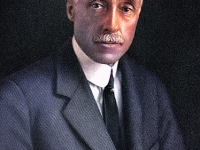The Discovery of the Mauer 1 Mandible
On October 21, 1907 the worker Daniel Hartmann unearthed a mandibular in a sand mine in the Grafenrain Open field system of the Mauer community. The so-called Mauer 1 mandible is the oldest fossilized specimen of the genus Homo ever to be discovered in Germany. The Mauer 1 mandible is the type specimen of the species Homo heidelbergensis, a subspecies of Homo erectus. In Search for Traces of Mankind In 1907, Daniel…
Read more

